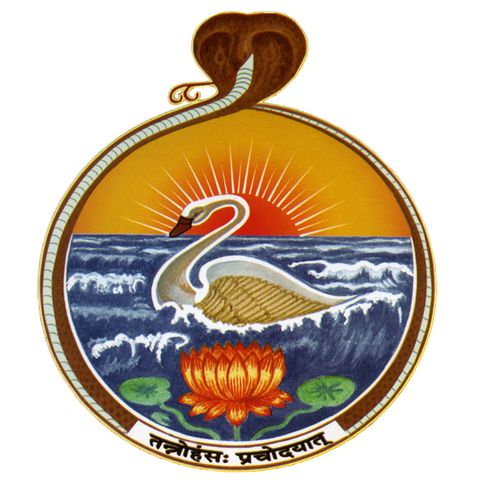Durga Puja: Symbolism of Mother Worship in Hinduism | Swami Tattwamayananda

Descarga y escucha en cualquier lugar
Descarga tus episodios favoritos y disfrútalos, ¡dondequiera que estés! Regístrate o inicia sesión ahora para acceder a la escucha sin conexión.
Descripción
This lecture was given on October 13, 2019, at the Vedanta Society of Northern California by Swami Tattwamayananda. - The Motherhood of God grants us both our secular good as...
mostra más- The Motherhood of God grants us both our secular good as well as the spiritual wisdom to go beyond our secular welfare.
- Mahalaya means Bhakti and Jnana merging.
- Amavasya means the astrological signs show that the sun and moon, knowledge and devotion respectively, are merging.
- The significance of Navaratri is the control of the senses by diverting them towards a higher spiritual ideal, eventually to reach spiritual illumination.
- The Sanskrit roots of Saptami, Ashtami, Navami, and Dashami indicate their significance. They represent realizing the all-pervading divine reality, purifying the senses/mind, and realizing that Reality.
- Shraddha, the sincerity with which pray and meditate upon an image, determines the effectiveness of image worship. The image is a symbol, a point of focus. The all-pervading cosmic Reality is asked to reside in the image. Then the divine Reality is once again asked to reside within us. The purpose of all worship is to go beyond the need for rituals.
- Once a worshipper transcends the need for rituals, he will usually perform rituals but for selfless purposes.
-Sankalpa is a ritual performed to protect us from negative obstacles as well as set our intention to realize the Atman everywhere.
-Achamana is for the purification of the mind. Upacharas are offerings to God.
-God does not insist that we perform rituals, but they benefit us by helping our mind to evolve and to spiritualize our life.
-The symbolic spiritual significance of offering Prasad, conch, incense, flowers, and light is explained.
-The significance of pradakshina, namaskar, and asana is also explained.
Información
| Autor | Vedanta Society, San Francisco |
| Organización | Vedanta Society, San Francisco |
| Página web | - |
| Etiquetas |
Copyright 2024 - Spreaker Inc. an iHeartMedia Company
